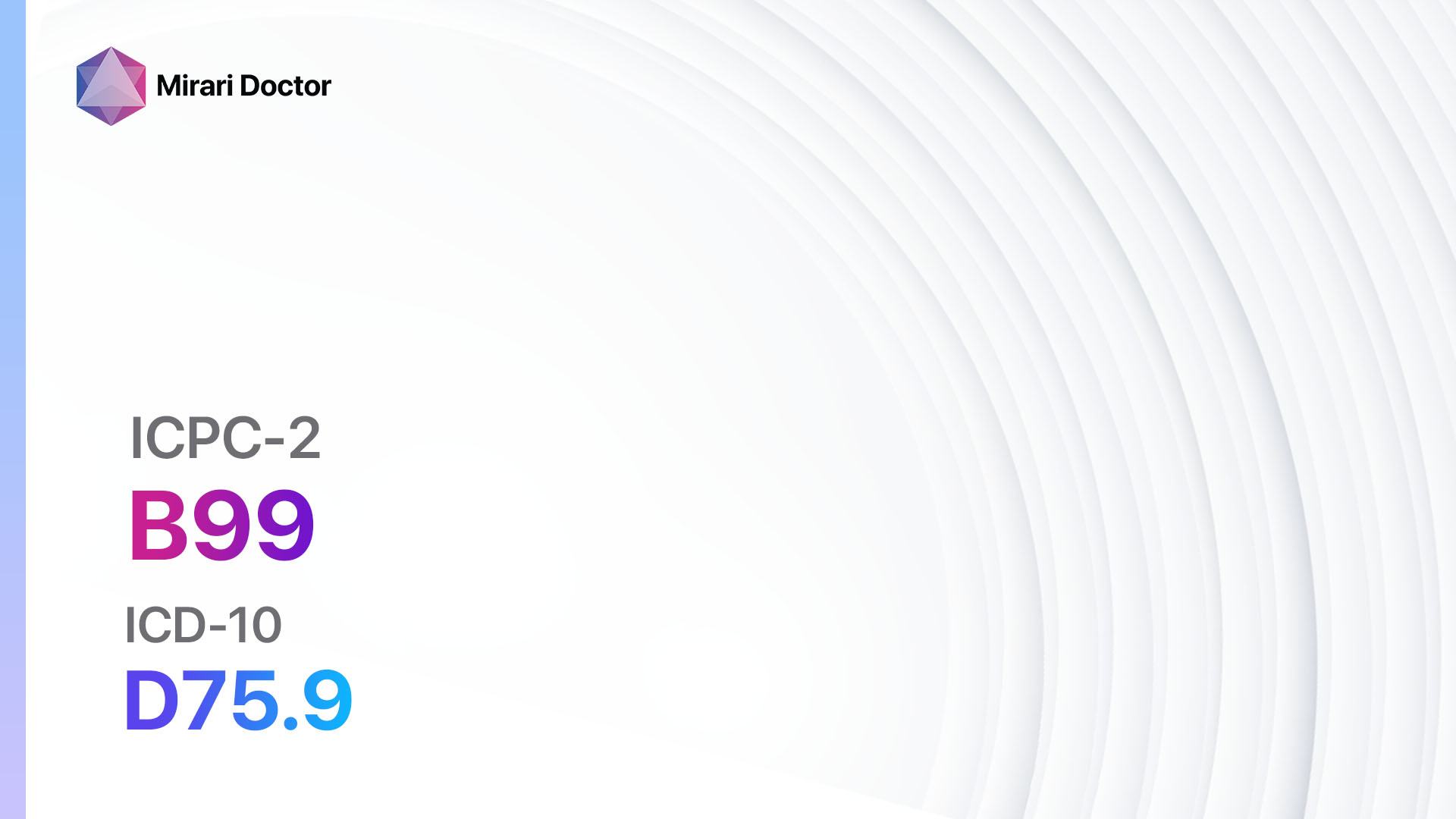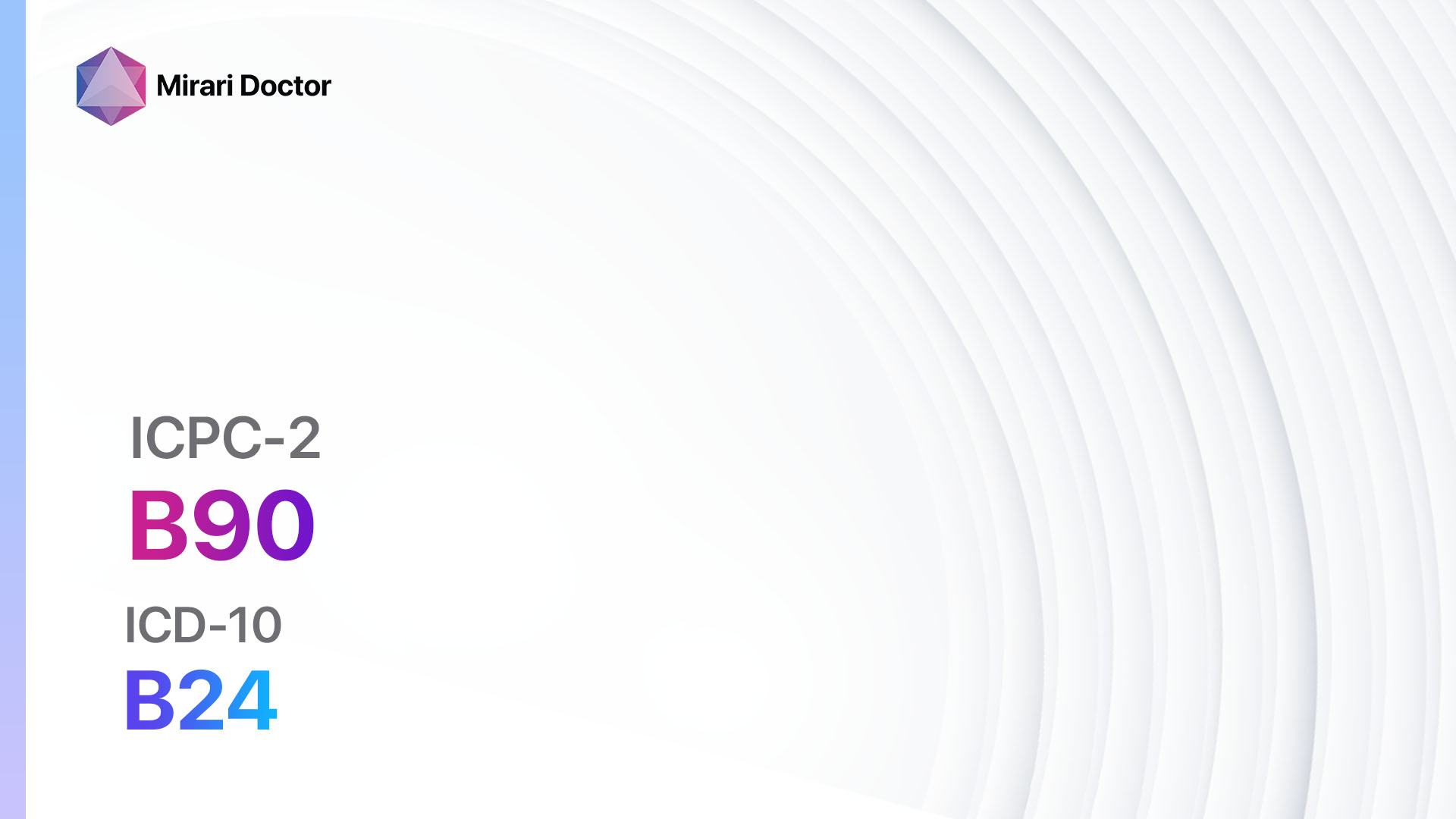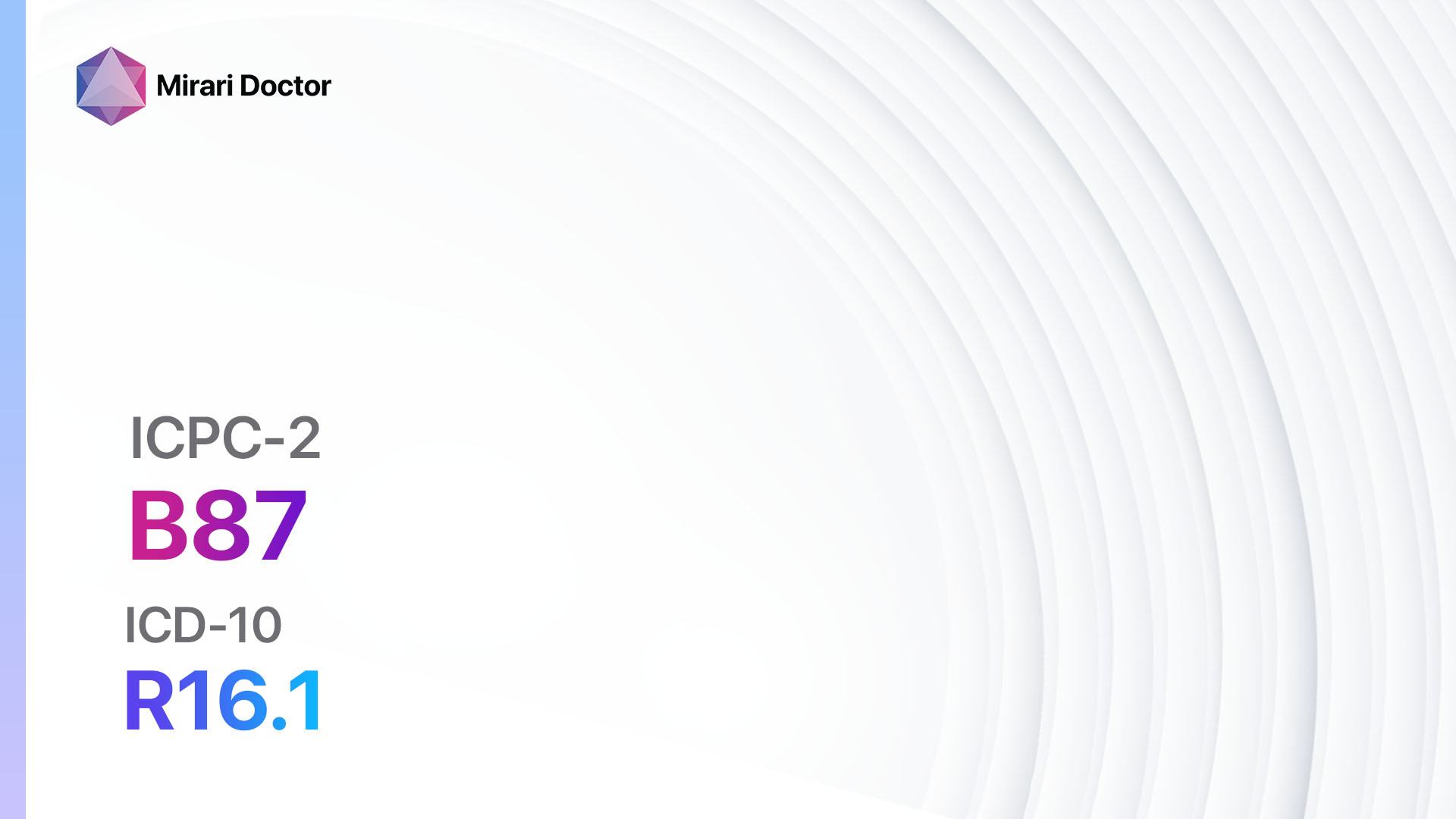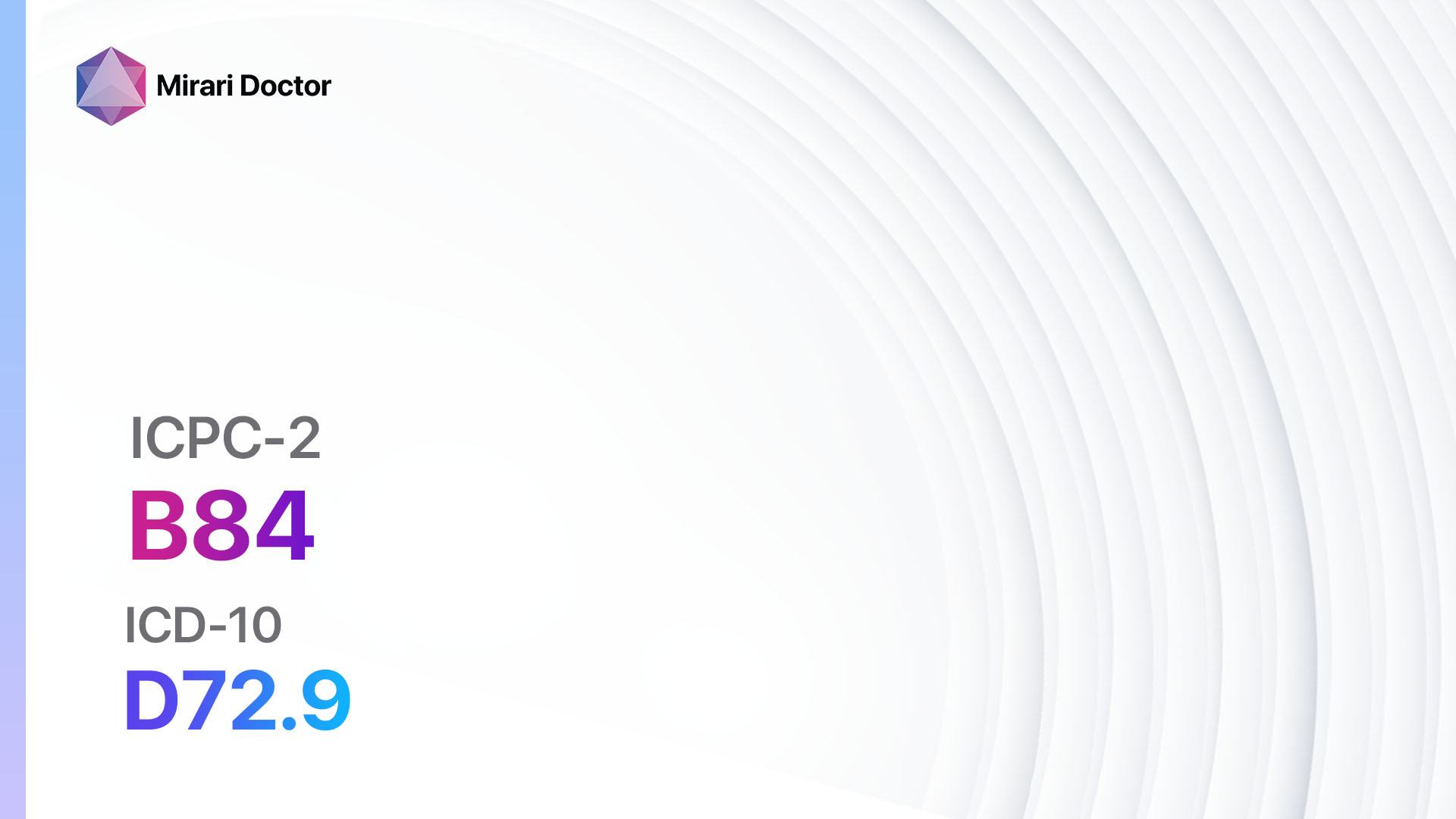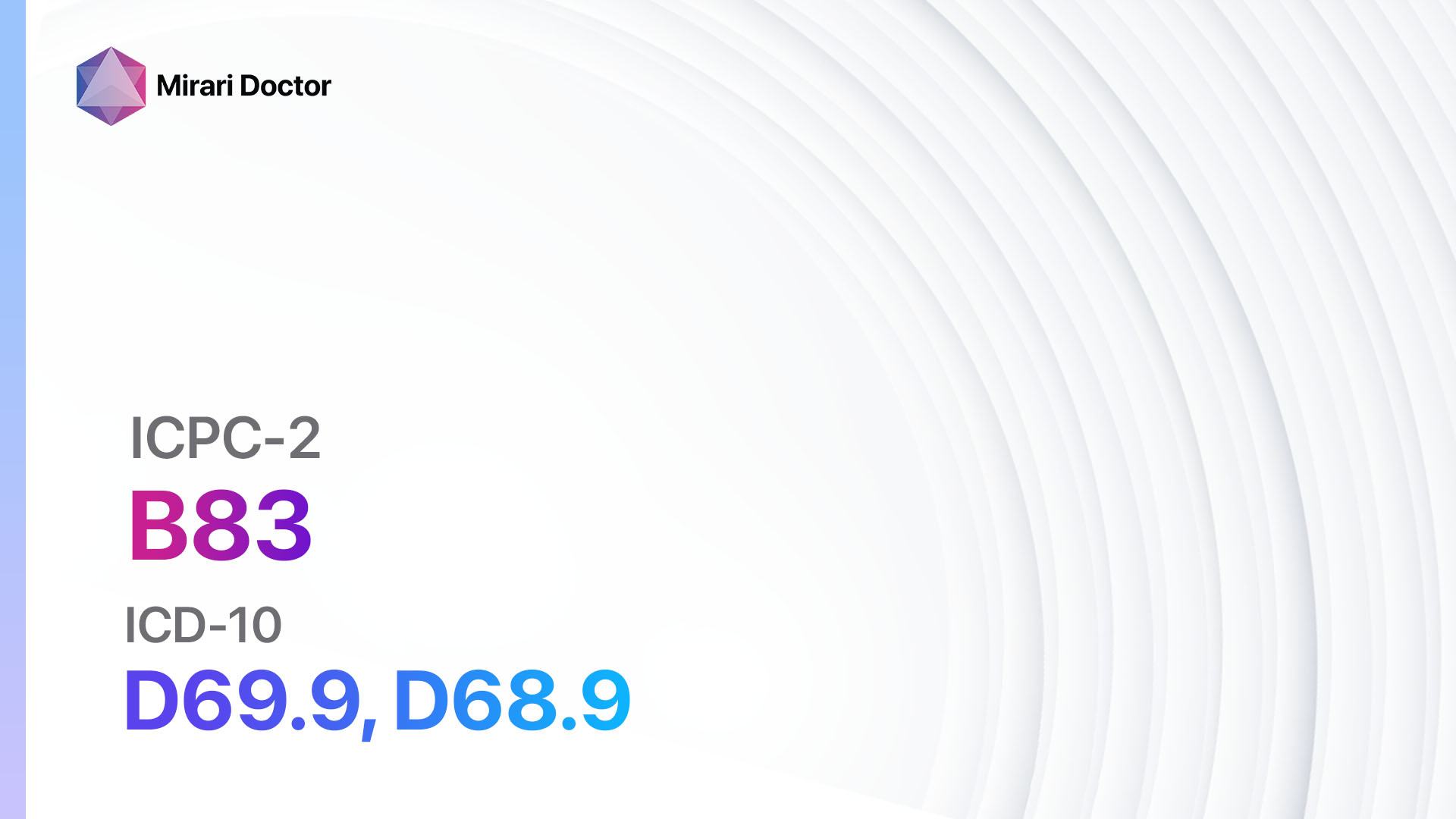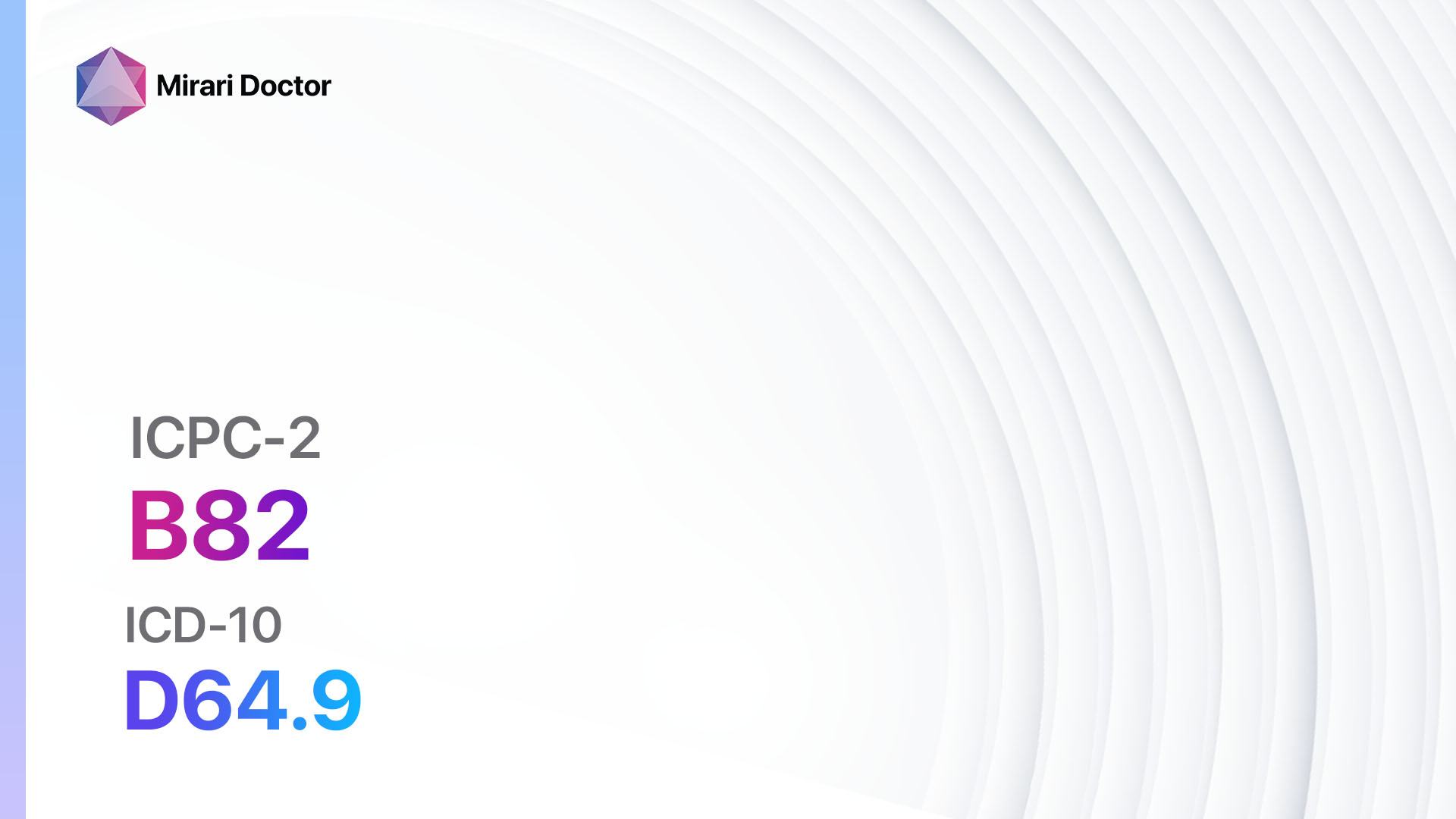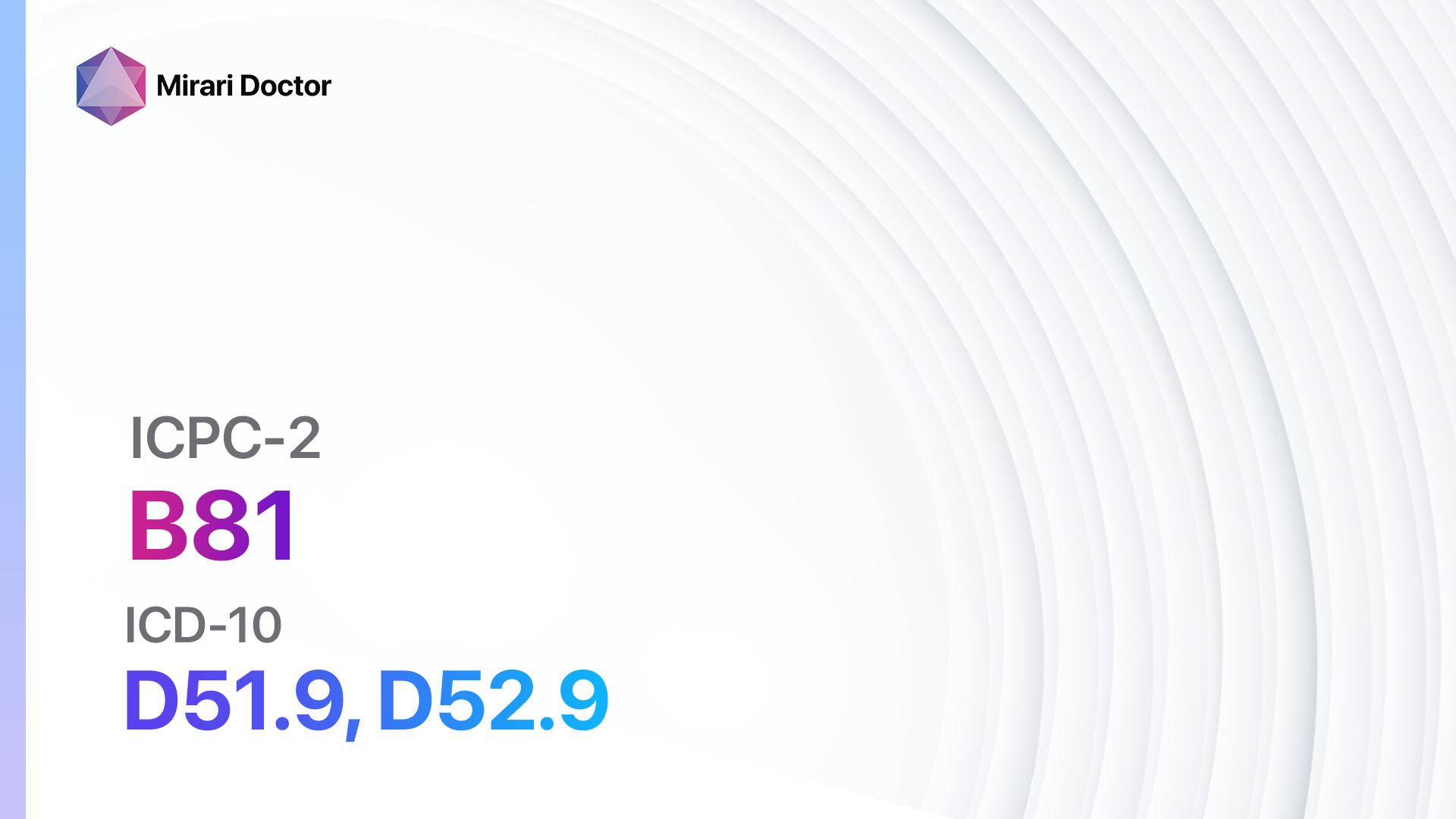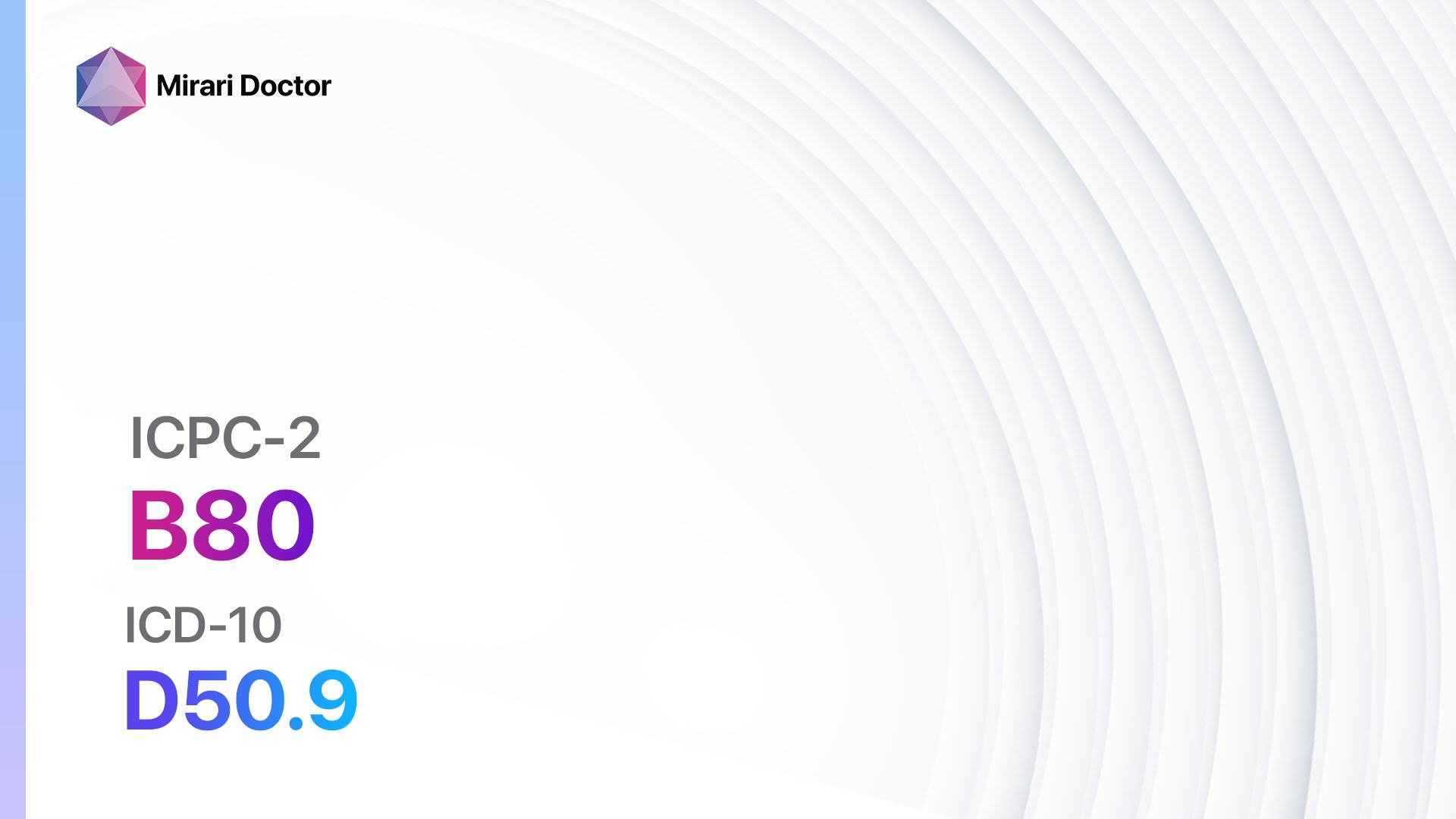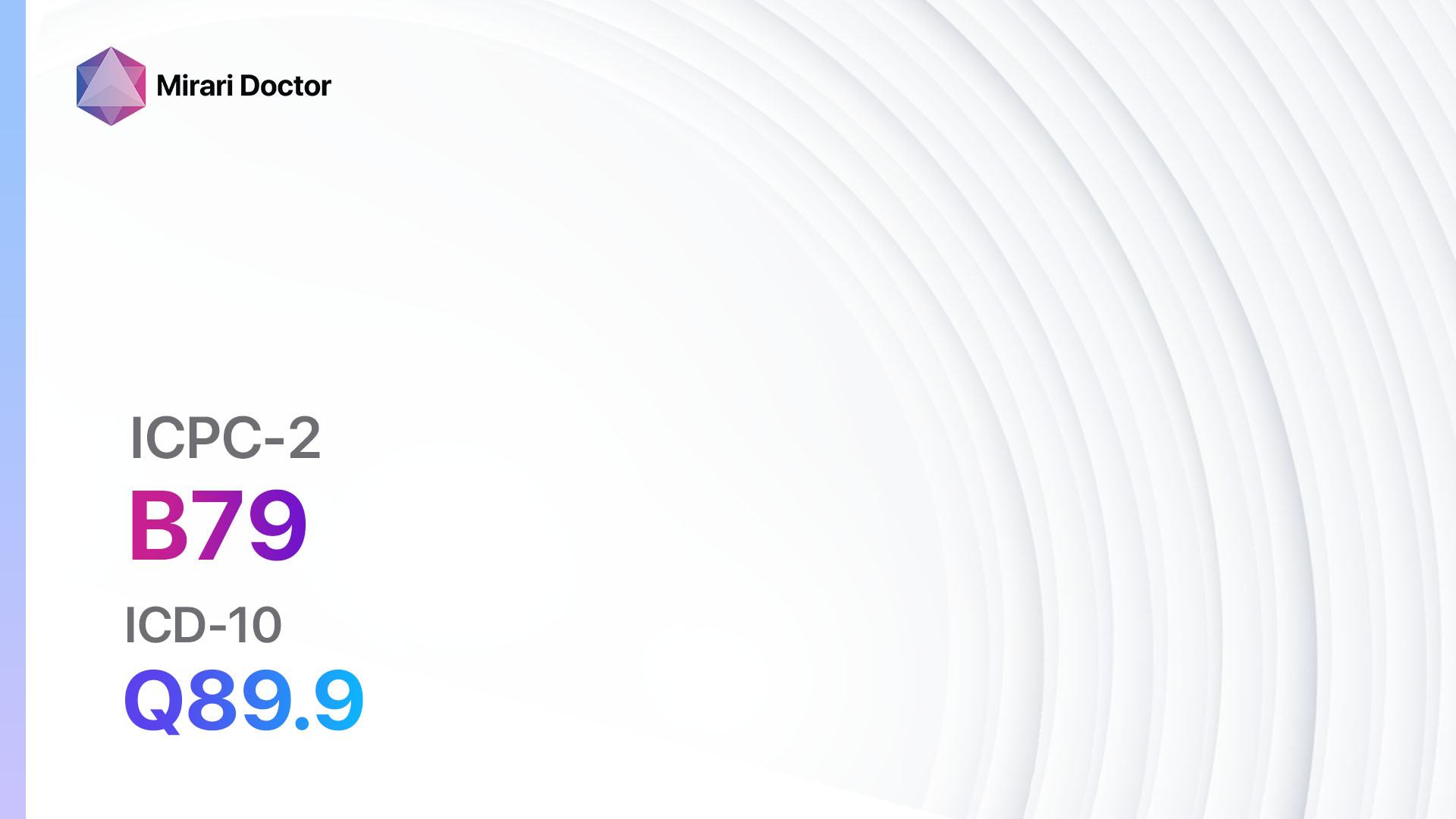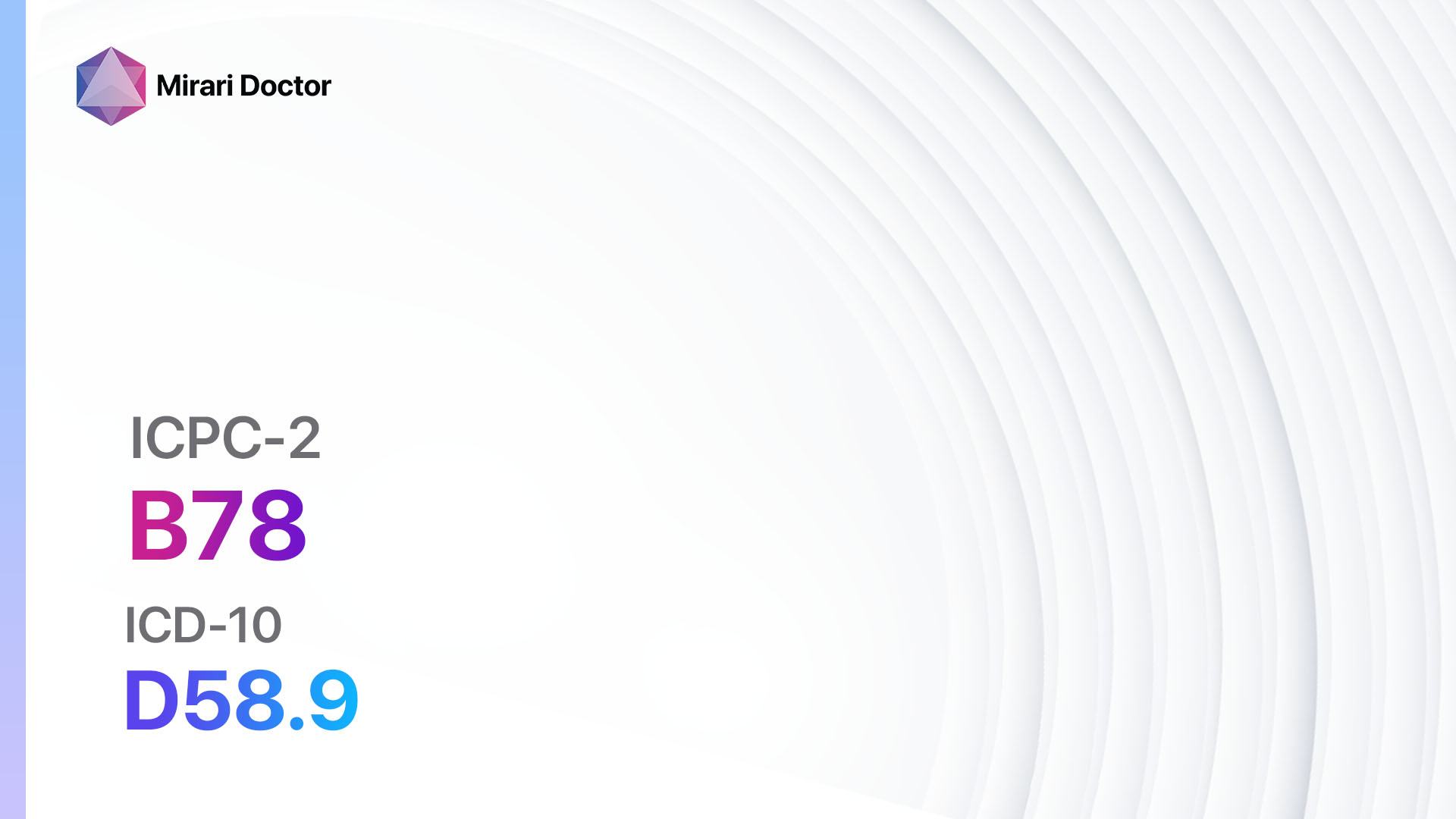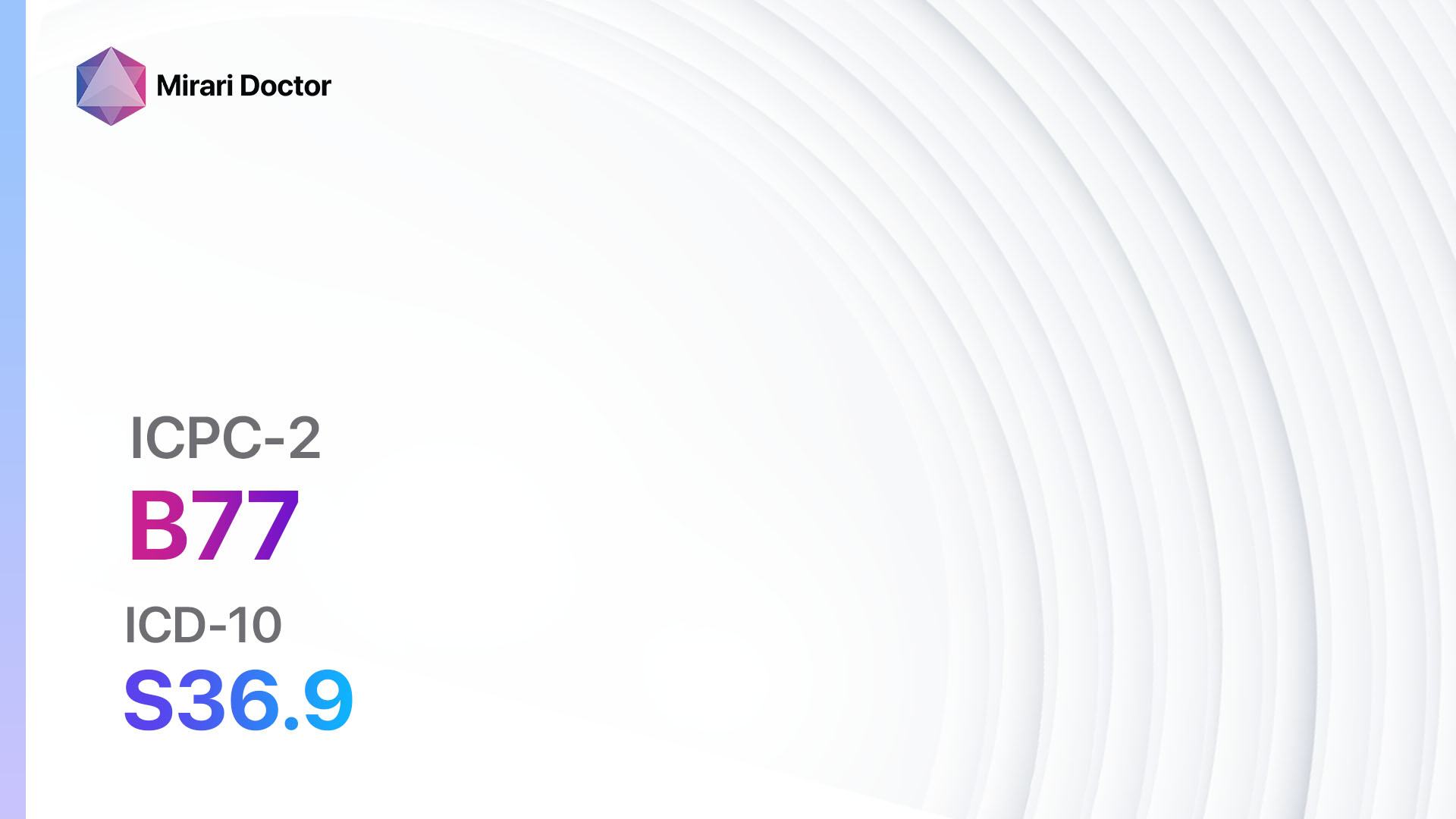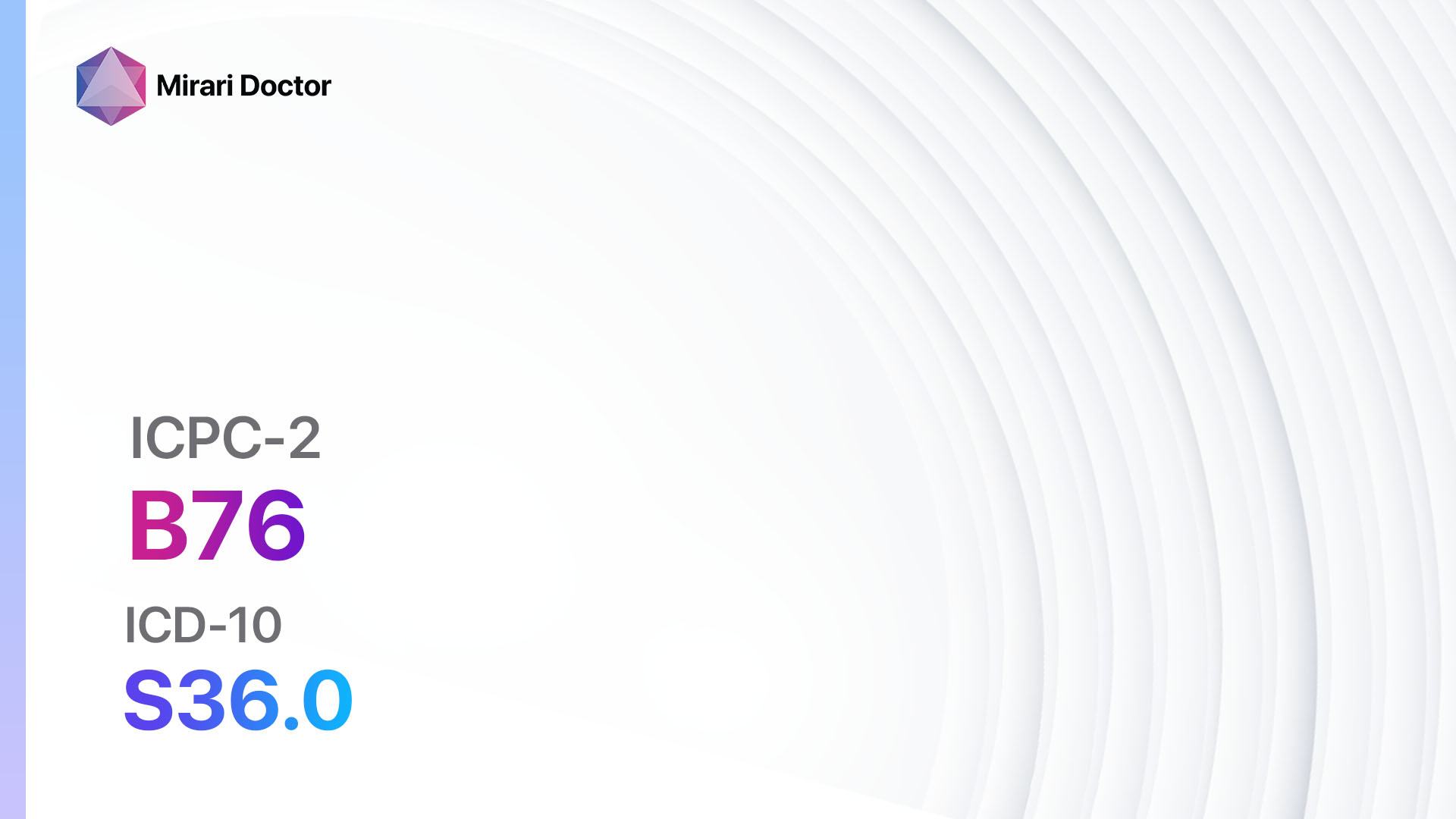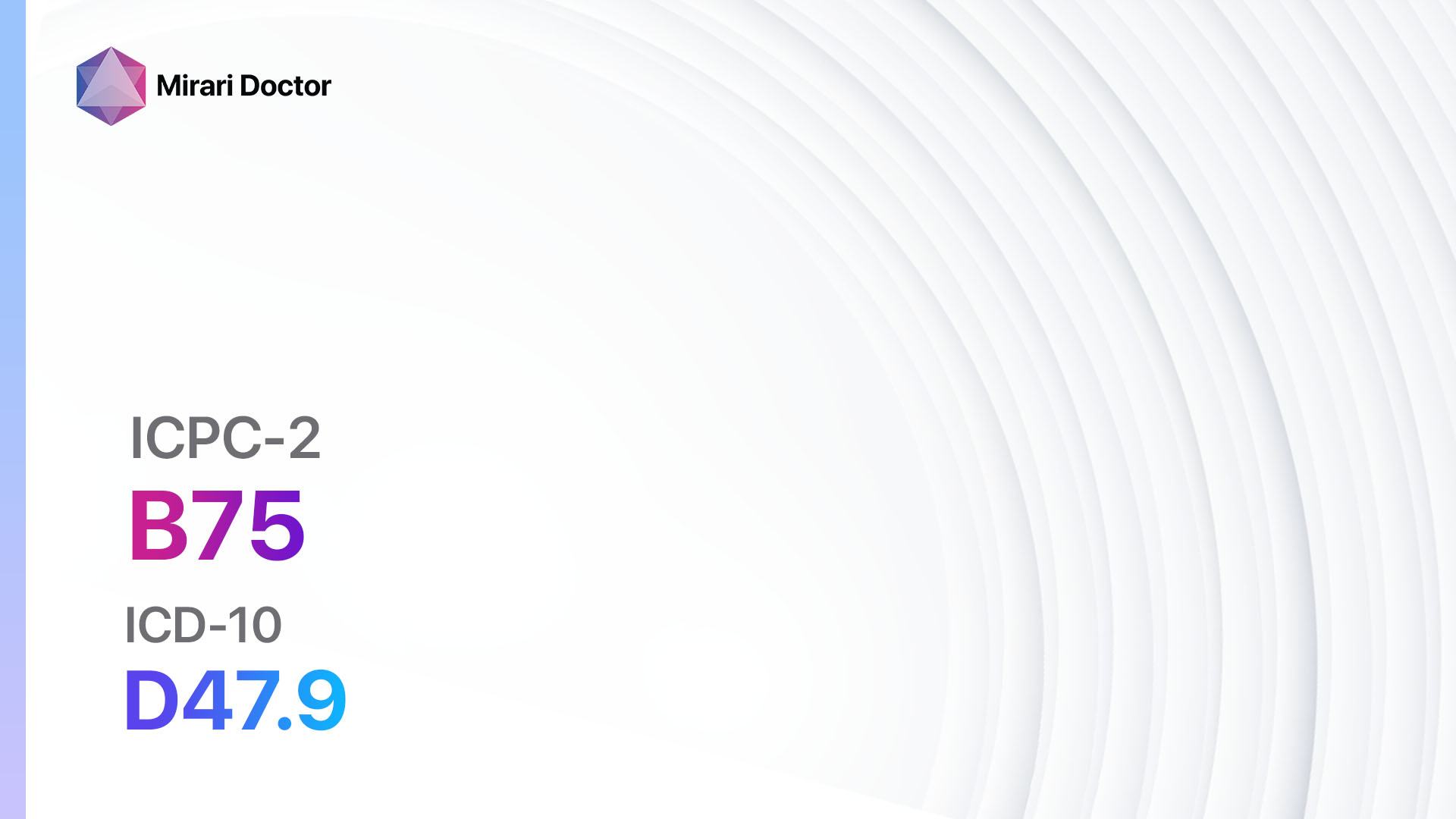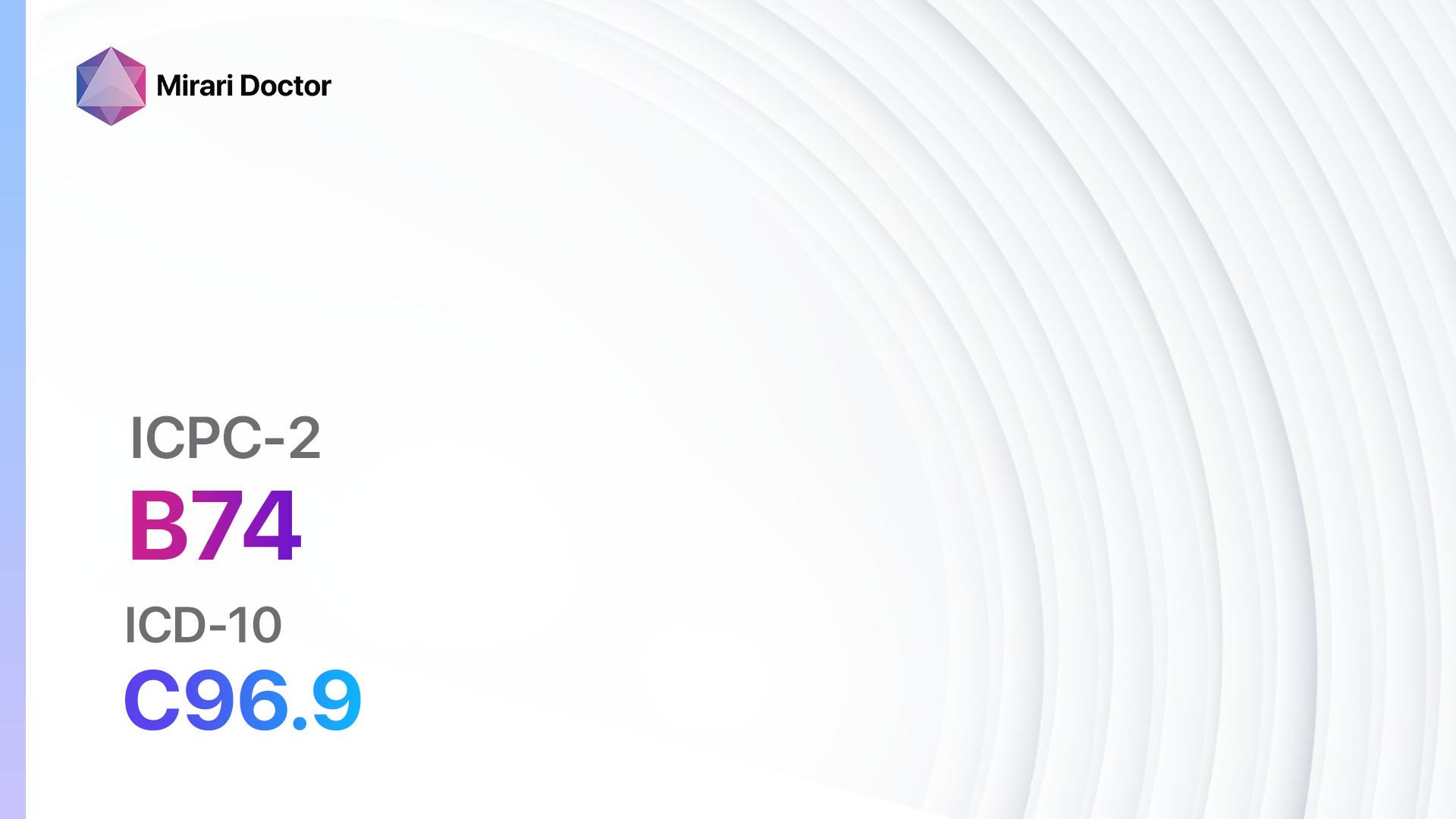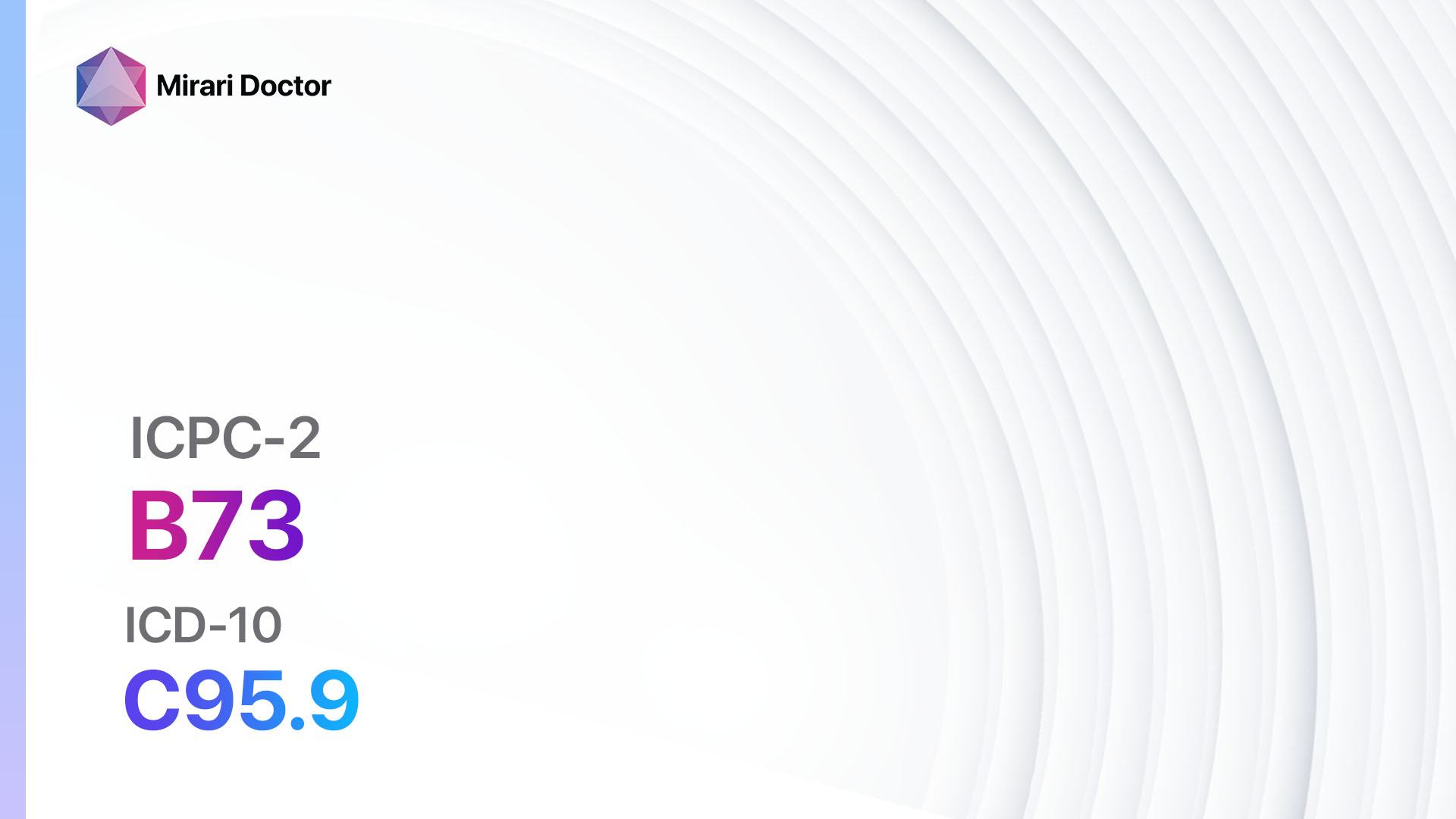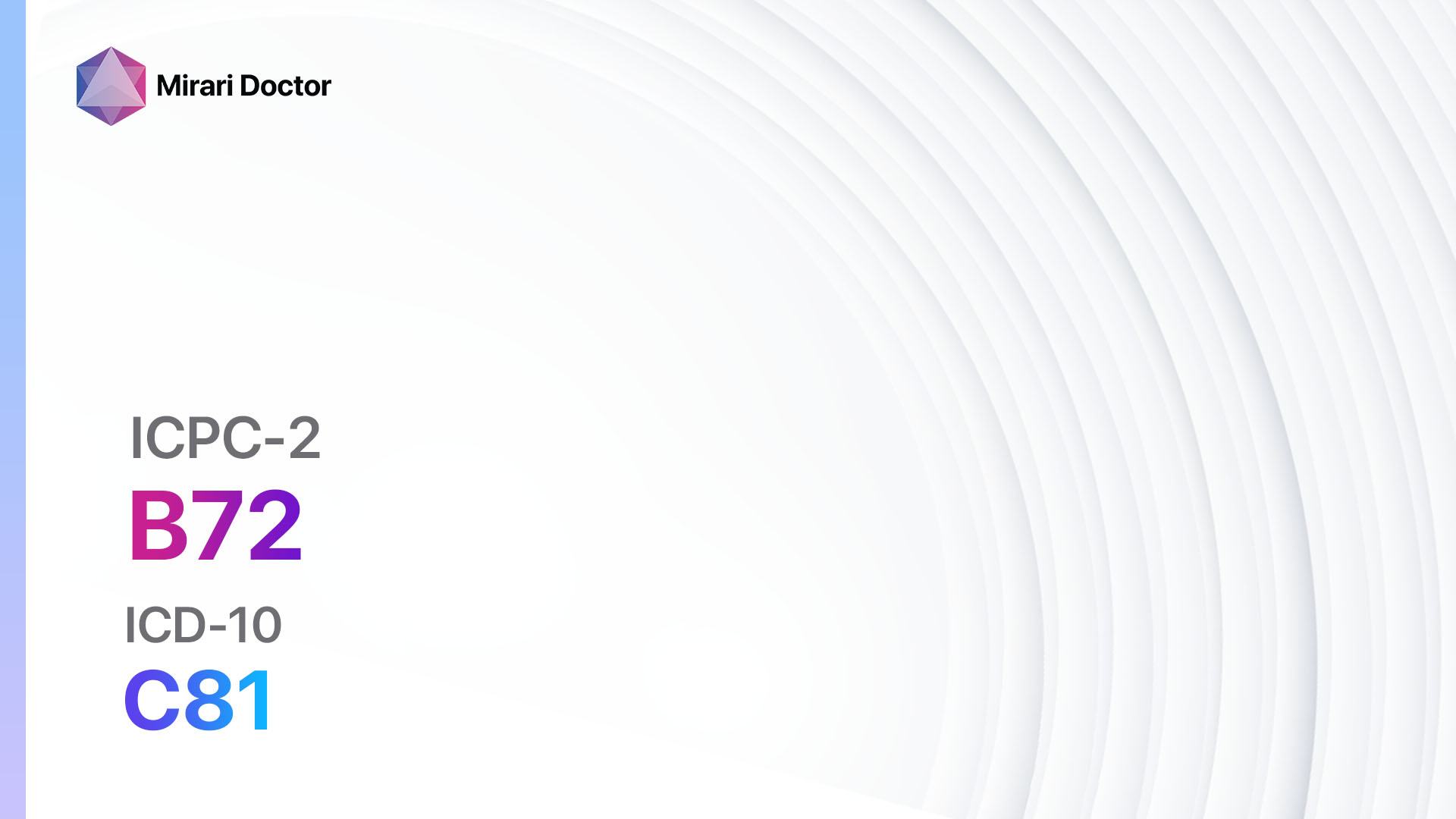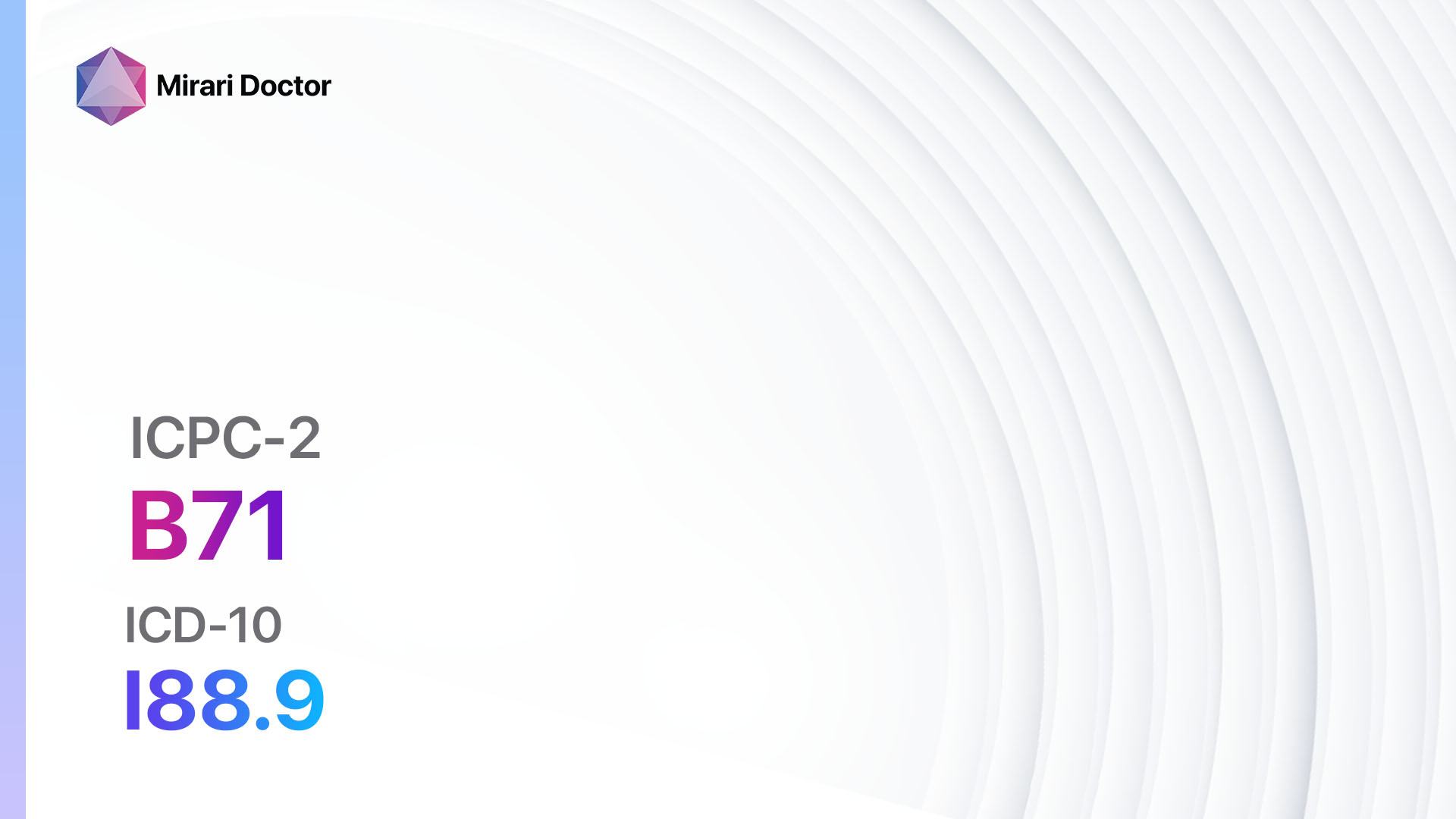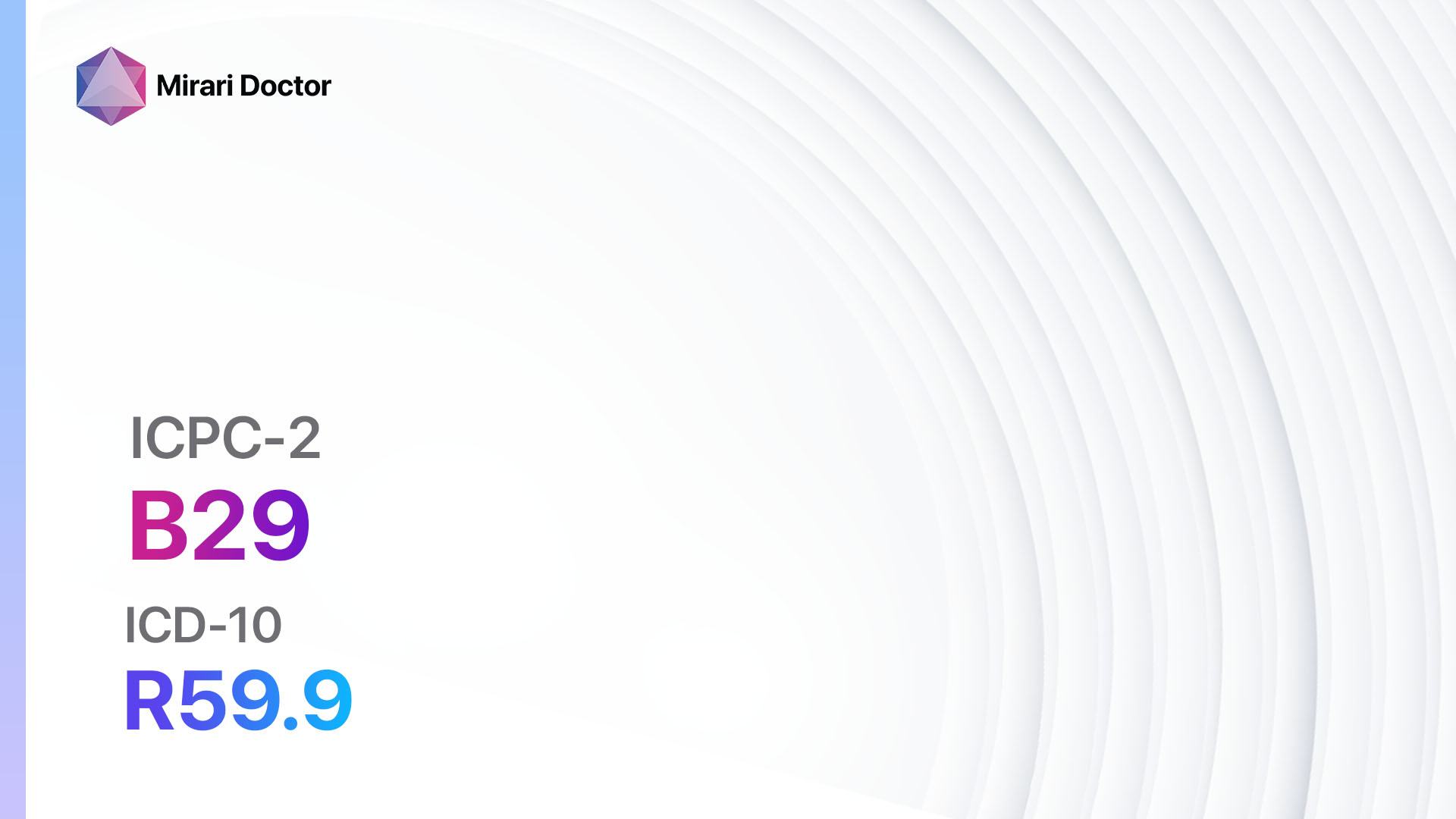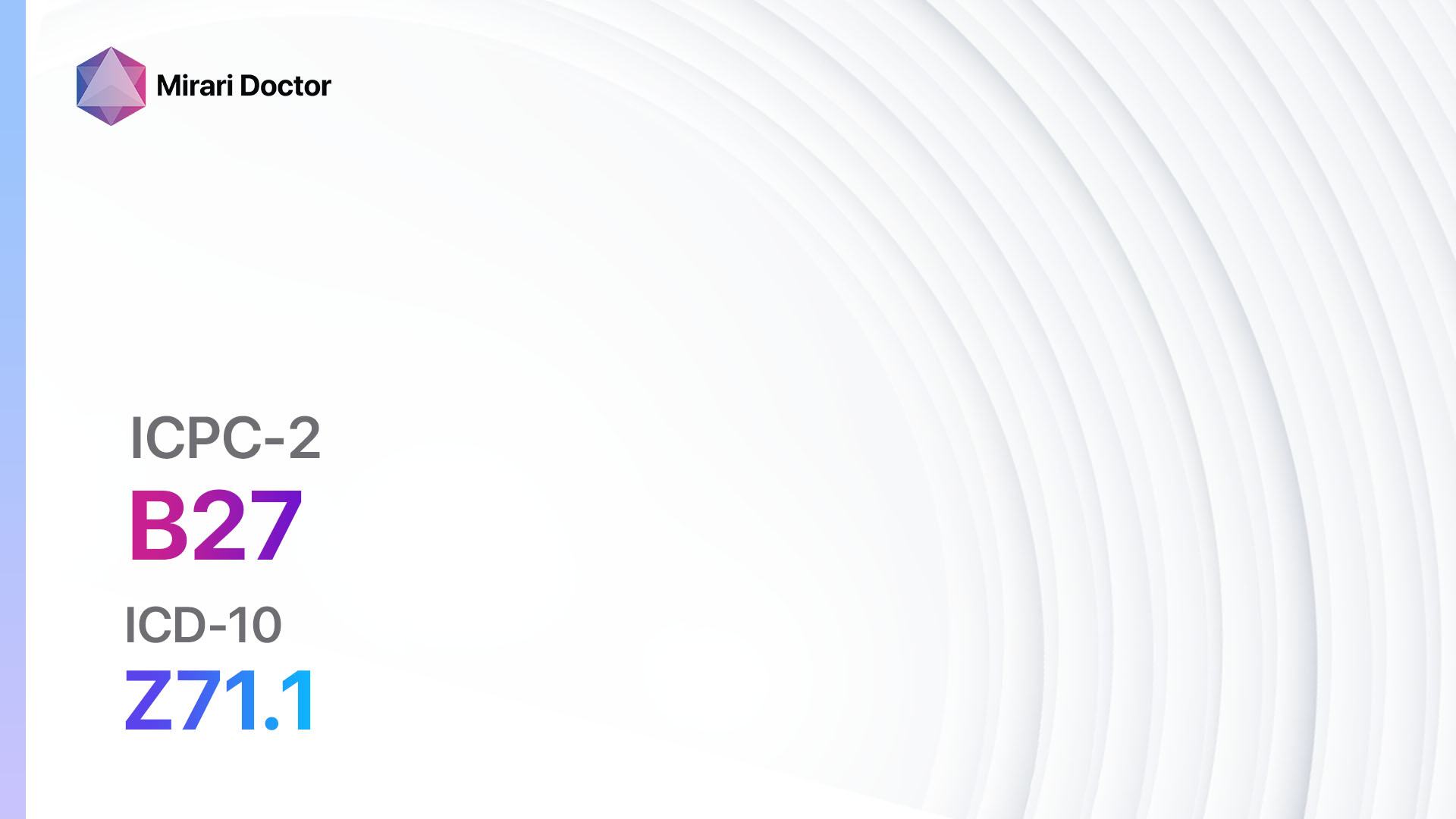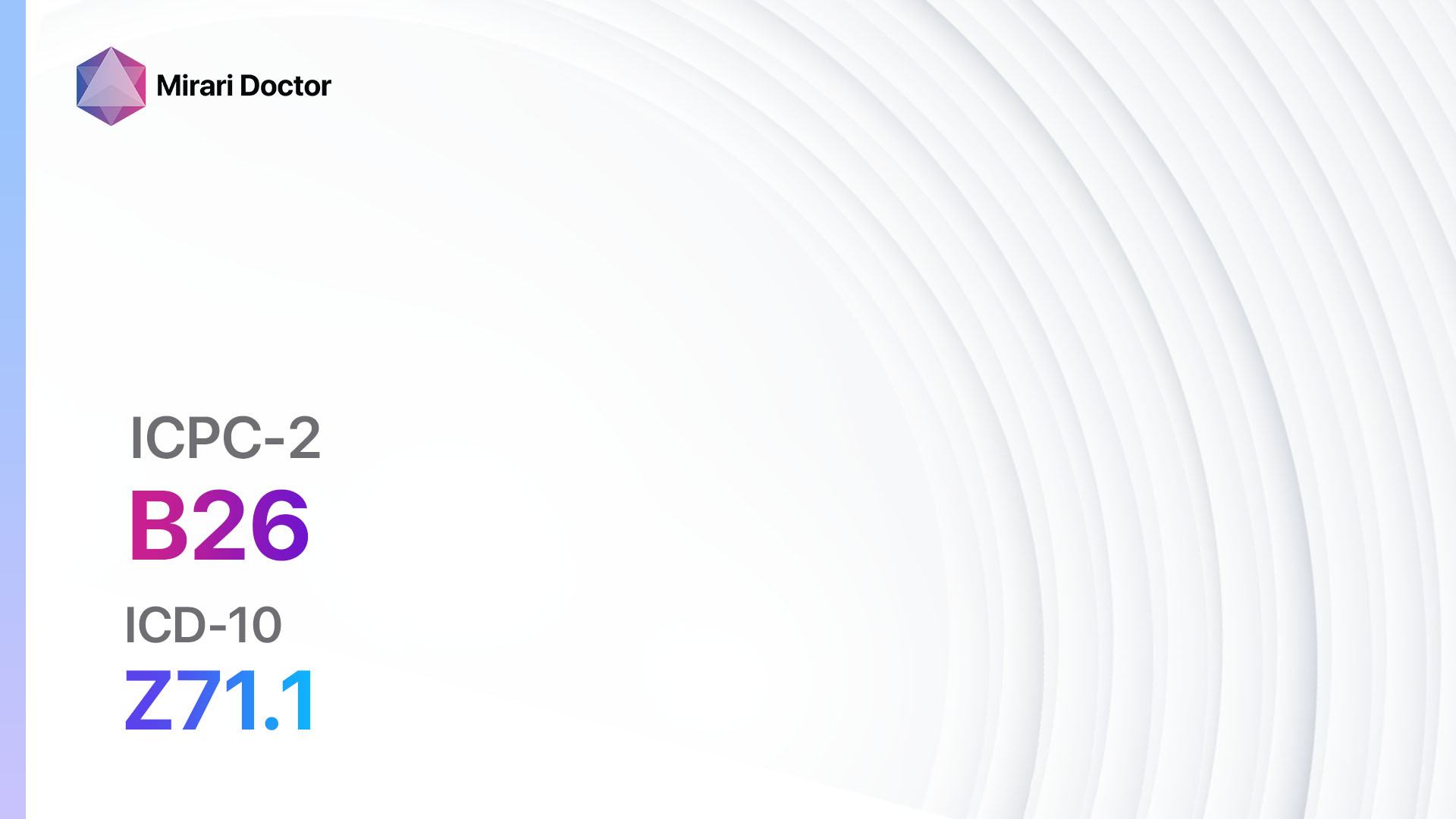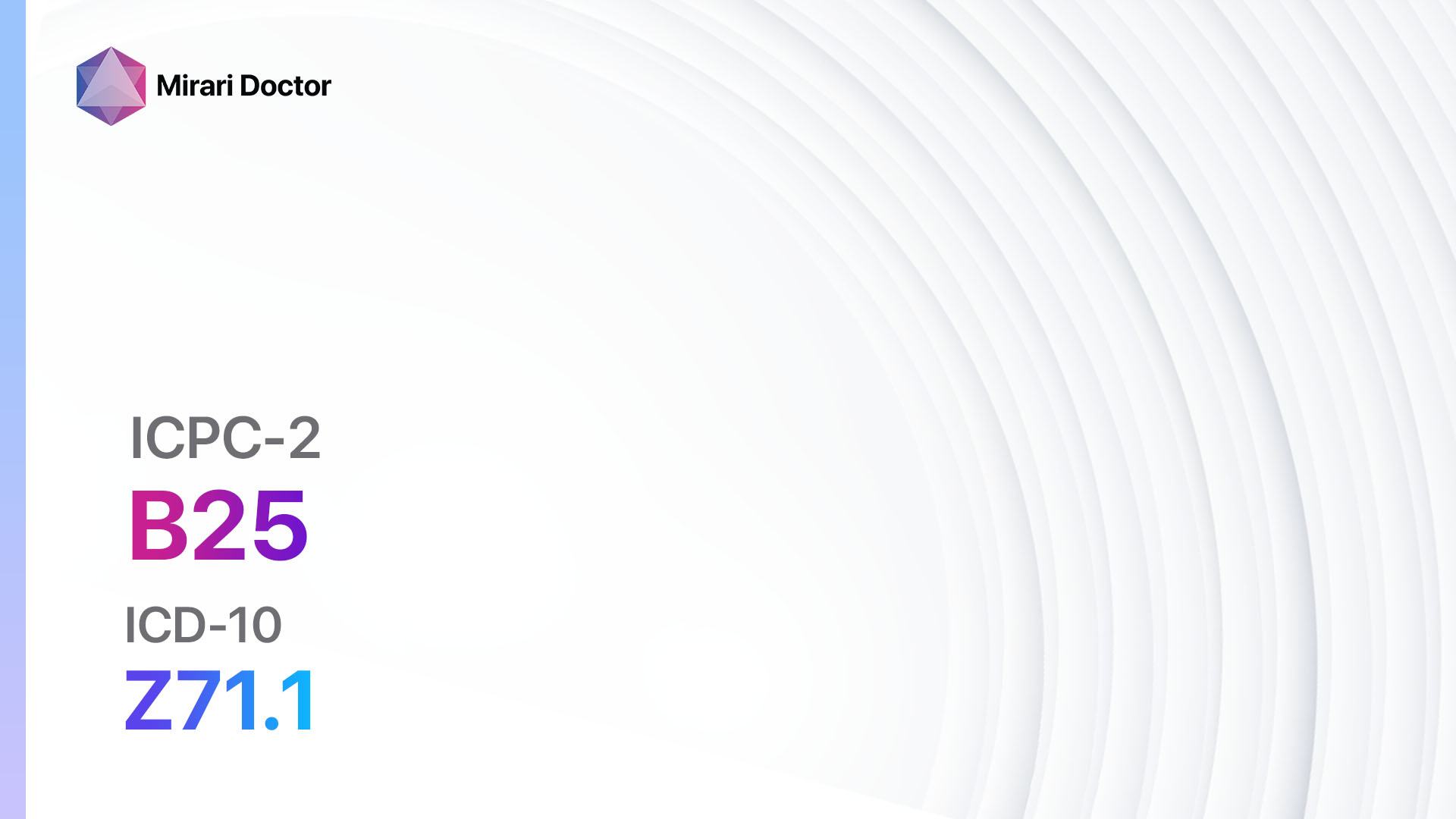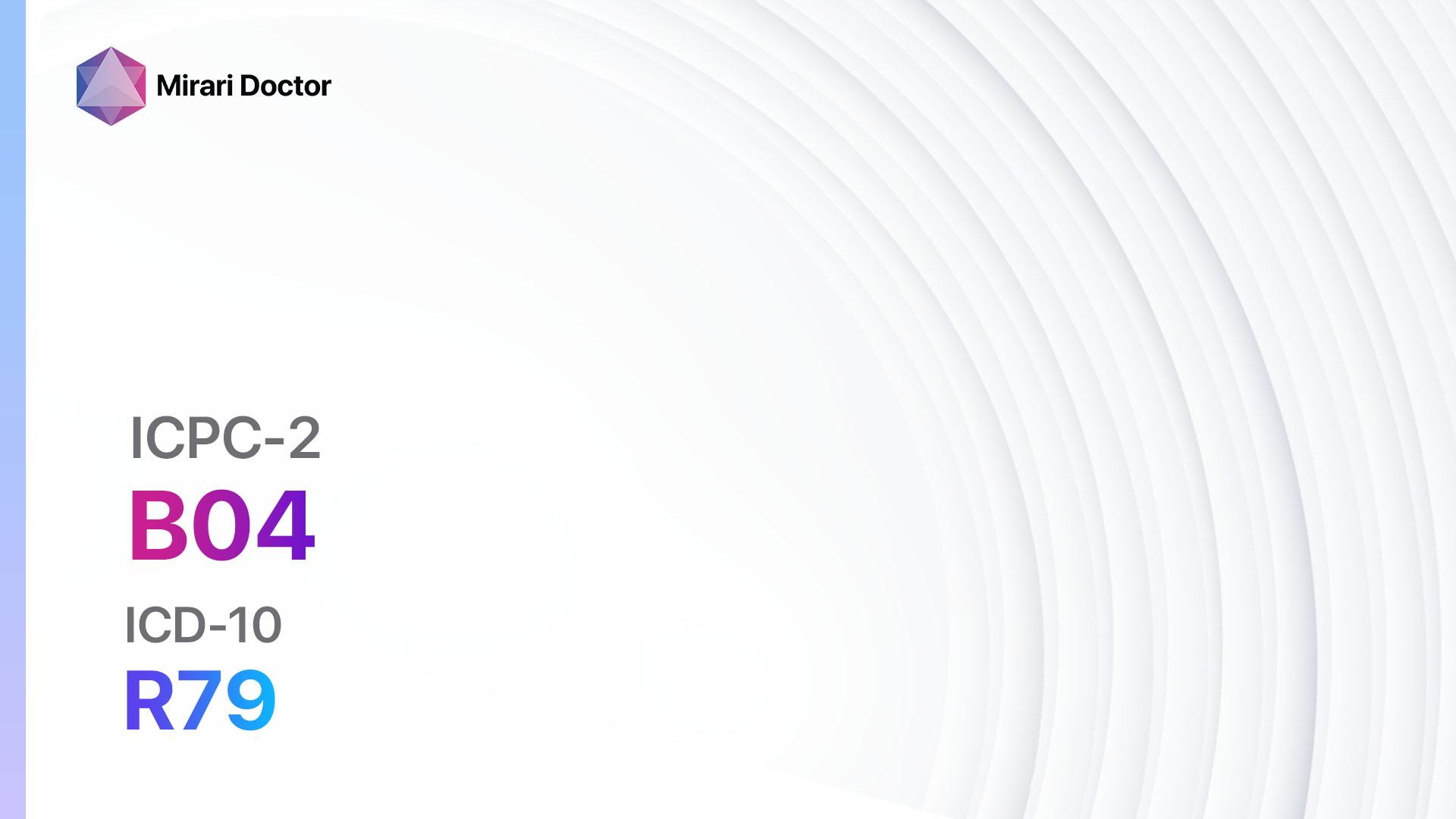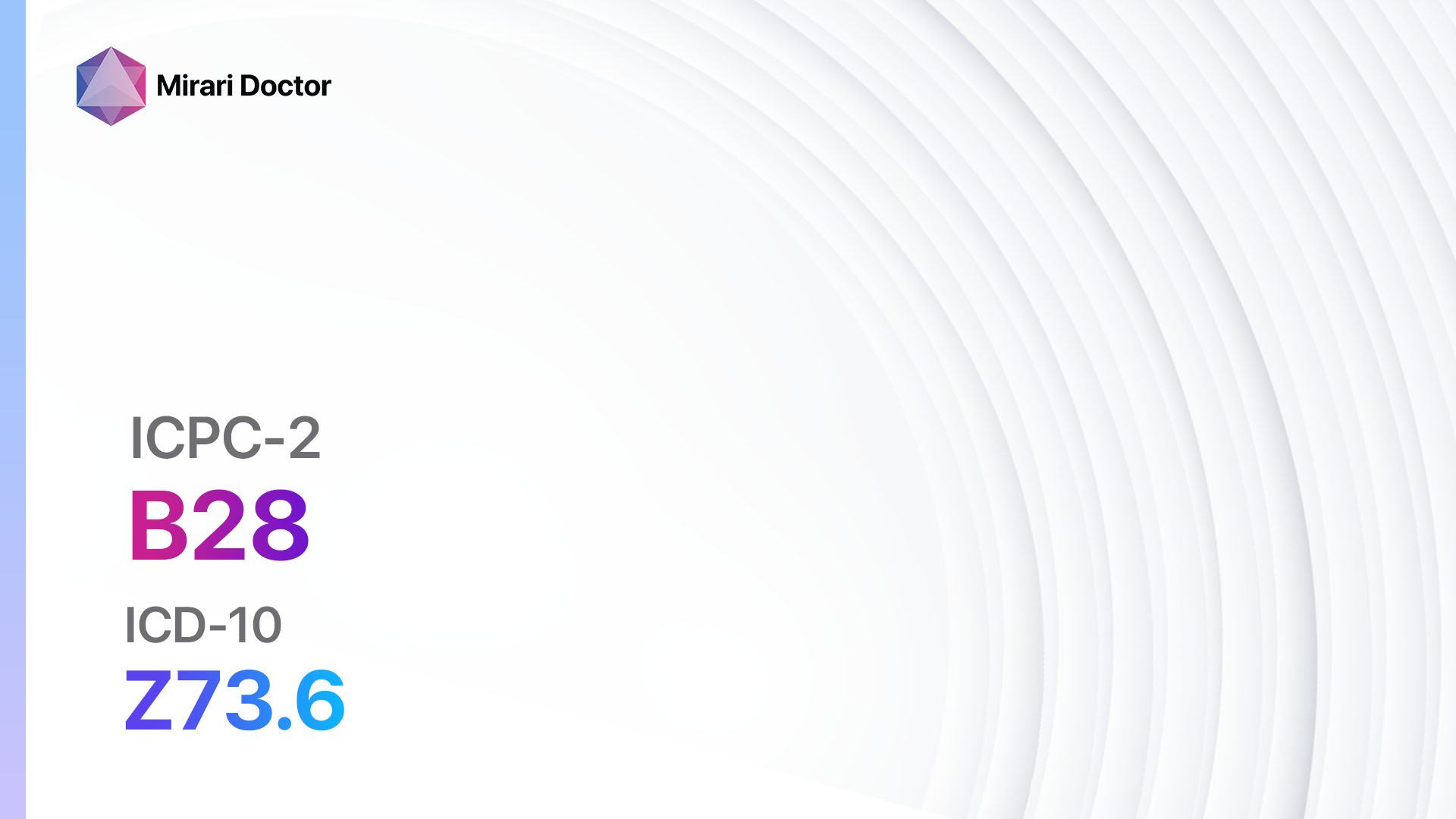
Introduction
Limited function/disability refers to a condition where an individual experiences a decrease in their ability to perform daily activities due to physical or cognitive impairments[1]. This guide aims to provide an overview of the symptoms, causes, diagnostic steps, possible interventions, and lifestyle interventions for limited function/disability.
Codes
- ICPC-2 Code: B28 Limited function/disability[2]
- ICD-10 Code: Z73.6 Limitation of activities due to disability[3]
Symptoms
- Difficulty in performing daily activities[4]
- Impaired mobility[5]
- Muscle weakness[6]
- Cognitive impairments[7]
- Pain or discomfort[8]
- Fatigue or lack of energy[9]
Causes
- Musculoskeletal disorders (e.g., arthritis, osteoporosis)[10]
- Neurological disorders (e.g., stroke, Parkinson’s disease)
- Chronic conditions (e.g., heart disease, diabetes)
- Traumatic injuries (e.g., spinal cord injury, traumatic brain injury)
- Mental health disorders (e.g., depression, anxiety)
Diagnostic Steps
Medical History
- Gather information about the patient’s medical conditions, including any chronic illnesses or previous injuries.
- Identify any risk factors that may contribute to limited function/disability.
- Assess the patient’s symptoms and their impact on daily activities.
Physical Examination
- Perform a thorough physical examination to assess muscle strength, range of motion, and coordination.
- Evaluate sensory function and reflexes.
- Assess any joint abnormalities or deformities.
Laboratory Tests
- Blood tests: May be used to assess for underlying medical conditions such as diabetes, thyroid disorders, or vitamin deficiencies.
- Imaging studies: X-rays, CT scans, or MRIs may be ordered to evaluate the musculoskeletal system or identify any structural abnormalities.
- Neurological tests: These tests may be conducted to assess nerve function and identify any neurological disorders.
Other Tests
- Functional assessments: These tests evaluate the patient’s ability to perform specific tasks and activities of daily living.
- Cognitive assessments: These tests assess cognitive function and identify any cognitive impairments that may contribute to limited function/disability.
Follow-up and Patient Education
- Schedule regular follow-up appointments to monitor the patient’s progress and adjust treatment plans if necessary.
- Provide education to the patient and their caregivers about managing symptoms, preventing complications, and promoting overall well-being.
Possible Interventions
Traditional Interventions
Medications:
Top 5 drugs for Limited function/disability:
- Nonsteroidal anti-inflammatory drugs (NSAIDs) (e.g., Ibuprofen, Naproxen):
- Cost: Generic versions can be $3-$20/month.
- Contraindications: Active gastrointestinal bleeding, history of allergic reactions to NSAIDs.
- Side effects: Upset stomach, gastrointestinal ulcers.
- Severe side effects: Gastrointestinal bleeding, kidney damage.
- Drug interactions: Anticoagulants, corticosteroids.
- Warning: Prolonged use may increase the risk of cardiovascular events.
- Muscle relaxants (e.g., Cyclobenzaprine, Methocarbamol):
- Cost: Generic versions can be $10-$30/month.
- Contraindications: History of hypersensitivity to muscle relaxants, liver disease.
- Side effects: Drowsiness, dizziness.
- Severe side effects: Allergic reactions, liver toxicity.
- Drug interactions: Sedatives, alcohol.
- Warning: May cause drowsiness, avoid driving or operating heavy machinery.
- Antidepressants (e.g., Amitriptyline, Duloxetine):
- Cost: Generic versions can be $10-$30/month.
- Contraindications: History of hypersensitivity to antidepressants, recent use of MAO inhibitors.
- Side effects: Dry mouth, drowsiness.
- Severe side effects: Suicidal thoughts, serotonin syndrome.
- Drug interactions: MAO inhibitors, other antidepressants.
- Warning: May take several weeks to achieve full effect.
- Anticonvulsants (e.g., Gabapentin, Pregabalin):
- Cost: Generic versions can be $10-$30/month.
- Contraindications: History of hypersensitivity to anticonvulsants, kidney disease.
- Side effects: Dizziness, drowsiness.
- Severe side effects: Allergic reactions, suicidal thoughts.
- Drug interactions: Opioids, benzodiazepines.
- Warning: May cause drowsiness, avoid driving or operating heavy machinery.
- Cognitive enhancers (e.g., Donepezil, Rivastigmine):
- Cost: Generic versions can be $20-$50/month.
- Contraindications: History of hypersensitivity to cognitive enhancers, severe liver disease.
- Side effects: Nausea, diarrhea.
- Severe side effects: Bradycardia, seizures.
- Drug interactions: Anticholinergic drugs, cholinesterase inhibitors.
- Warning: Regular monitoring of liver function may be required.
Alternative Drugs:
- Opioids (e.g., Oxycodone): Used for severe pain management. Cost: Varies depending on the specific opioid and dosage.
- Antianxiety medications (e.g., Lorazepam): Used for anxiety management. Cost: Generic versions can be $10-$30/month.
- Antipsychotics (e.g., Risperidone): Used for managing behavioral symptoms. Cost: Generic versions can be $10-$30/month.
- Antispasmodics (e.g., Dicyclomine): Used for managing muscle spasms. Cost: Generic versions can be $10-$30/month.
- Antiemetics (e.g., Ondansetron): Used for managing nausea and vomiting. Cost: Generic versions can be $10-$30/month.
Surgical Procedures:
- Joint replacement surgery: May be considered for severe joint damage or deformities. Cost: $20,000 to $50,000.
- Spinal fusion surgery: Used to stabilize the spine and relieve pain. Cost: $50,000 to $100,000.
- Deep brain stimulation: Used for managing movement disorders. Cost: $50,000 to $100,000.
Alternative Interventions
- Physical therapy: Helps improve mobility, strength, and flexibility. Cost: $50-$150 per session.
- Occupational therapy: Focuses on improving daily activities and functional independence. Cost: $50-$150 per session.
- Acupuncture: May help reduce pain and improve overall well-being. Cost: $60-$120 per session.
- Chiropractic care: Can help with musculoskeletal conditions and pain management. Cost: $50-$200 per session.
- Massage therapy: May provide relaxation and pain relief. Cost: $50-$100 per session.
Lifestyle Interventions
- Exercise: Regular physical activity can improve strength, flexibility, and overall well-being. Cost: Varies depending on individual preferences (e.g., gym membership, equipment).
- Healthy diet: A balanced diet rich in nutrients can support overall health and well-being. Cost: Varies depending on individual food choices and dietary restrictions.
- Assistive devices: Use of mobility aids, adaptive equipment, or assistive technology can enhance independence. Cost: Varies depending on the specific device and insurance coverage.
- Stress management: Techniques such as deep breathing, meditation, or mindfulness can help reduce stress and improve overall well-being. Cost: Varies depending on the specific practice.
- Sleep hygiene: Getting adequate sleep is essential for overall health and well-being. Cost: Varies depending on individual sleep habits and preferences.
It is important to note that the cost ranges provided are approximate and may vary depending on the location and availability of the interventions. It is recommended to consult with healthcare professionals for personalized treatment options and cost estimates.
Mirari Cold Plasma Alternative Intervention
Understanding Mirari Cold Plasma
- Safe and Non-Invasive Treatment: Mirari Cold Plasma is a safe and non-invasive treatment option for various skin conditions. It does not require incisions, minimizing the risk of scarring, bleeding, or tissue damage.
- Efficient Extraction of Foreign Bodies: Mirari Cold Plasma facilitates the removal of foreign bodies from the skin by degrading and dissociating organic matter, allowing easier access and extraction.
- Pain Reduction and Comfort: Mirari Cold Plasma has a local analgesic effect, providing pain relief during the treatment, making it more comfortable for the patient.
- Reduced Risk of Infection: Mirari Cold Plasma has antimicrobial properties, effectively killing bacteria and reducing the risk of infection.
- Accelerated Healing and Minimal Scarring: Mirari Cold Plasma stimulates wound healing and tissue regeneration, reducing healing time and minimizing the formation of scars.
Mirari Cold Plasma Prescription
Video instructions for using Mirari Cold Plasma Device – B28 Limited function/disability (ICD-10:Z73.6)
| Mild | Moderate | Severe |
| Mode setting: 7 (Immunotherapy) Location: 1 (Sacrum) Morning: 15 minutes, Evening: 15 minutes |
Mode setting: 7 (Immunotherapy) Location: 1 (Sacrum) Morning: 30 minutes, Lunch: 30 minutes, Evening: 30 minutes |
Mode setting: 7 (Immunotherapy) Location: 1 (Sacrum) Morning: 30 minutes, Lunch: 30 minutes, Evening: 30 minutes |
| Mode setting: 7 (Immunotherapy) Location: 4 (Heart, Bile & Pancreas) Morning: 15 minutes, Evening: 15 minutes |
Mode setting: 7 (Immunotherapy) Location: 4 (Heart, Bile & Pancreas) Morning: 30 minutes, Lunch: 30 minutes, Evening: 30 minutes |
Mode setting: 7 (Immunotherapy) Location: 4 (Heart, Bile & Pancreas) Morning: 30 minutes, Lunch: 30 minutes, Evening: 30 minutes |
| Mode setting: 7 (Immunotherapy) Location: 7 (Neuro system & ENT) Morning: 15 minutes, Evening: 15 minutes |
Mode setting: 7 (Immunotherapy) Location: 7 (Neuro system & ENT) Morning: 30 minutes, Lunch: 30 minutes, Evening: 30 minutes |
Mode setting: 7 (Immunotherapy) Location: 7 (Neuro system & ENT) Morning: 30 minutes, Lunch: 30 minutes, Evening: 30 minutes |
| Mode setting: 7 (Immunotherapy) Location: 7 (Neuro system & ENT) Morning: 15 minutes, Evening: 15 minutes |
Mode setting: 7 (Immunotherapy) Location: 7 (Neuro system & ENT) Morning: 30 minutes, Lunch: 30 minutes, Evening: 30 minutes |
Mode setting: 7 (Immunotherapy) Location: 7 (Neuro system & ENT) Morning: 30 minutes, Lunch: 30 minutes, Evening: 30 minutes |
| Total Morning: 60 minutes approx. $10 USD, Evening: 60 minutes approx. $10 USD |
Total Morning: 120 minutes approx. $20 USD, Lunch: 120 minutes approx. $20 USD, Evening: 120 minutes approx. $20 USD, |
Total Morning: 120 minutes approx. $20 USD, Lunch: 120 minutes approx. $20 USD, Evening: 120 minutes approx. $20 USD, |
| Usual treatment for 7-60 days approx. $140 USD – $1200 USD | Usual treatment for 6-8 weeks approx. $2,520 USD – $3,360 USD |
Usual treatment for 3-6 months approx. $5,400 USD – $10,800 USD
|
 |
|
Use the Mirari Cold Plasma device to treat Limited function/disability effectively.
WARNING: MIRARI COLD PLASMA IS DESIGNED FOR THE HUMAN BODY WITHOUT ANY ARTIFICIAL OR THIRD PARTY PRODUCTS. USE OF OTHER PRODUCTS IN COMBINATION WITH MIRARI COLD PLASMA MAY CAUSE UNPREDICTABLE EFFECTS, HARM OR INJURY. PLEASE CONSULT A MEDICAL PROFESSIONAL BEFORE COMBINING ANY OTHER PRODUCTS WITH USE OF MIRARI.
Step 1: Cleanse the Skin
- Start by cleaning the affected area of the skin with a gentle cleanser or mild soap and water. Gently pat the area dry with a clean towel.
Step 2: Prepare the Mirari Cold Plasma device
- Ensure that the Mirari Cold Plasma device is fully charged or has fresh batteries as per the manufacturer’s instructions. Make sure the device is clean and in good working condition.
- Switch on the Mirari device using the power button or by following the specific instructions provided with the device.
- Some Mirari devices may have adjustable settings for intensity or treatment duration. Follow the manufacturer’s instructions to select the appropriate settings based on your needs and the recommended guidelines.
Step 3: Apply the Device
- Place the Mirari device in direct contact with the affected area of the skin. Gently glide or hold the device over the skin surface, ensuring even coverage of the area experiencing.
- Slowly move the Mirari device in a circular motion or follow a specific pattern as indicated in the user manual. This helps ensure thorough treatment coverage.
Step 4: Monitor and Assess:
- Keep track of your progress and evaluate the effectiveness of the Mirari device in managing your Limited function/disability. If you have any concerns or notice any adverse reactions, consult with your health care professional.
Note
This guide is for informational purposes only and should not replace the advice of a medical professional. Always consult with your healthcare provider or a qualified medical professional for personal advice, diagnosis, or treatment. Do not solely rely on the information presented here for decisions about your health. Use of this information is at your own risk. The authors of this guide, nor any associated entities or platforms, are not responsible for any potential adverse effects or outcomes based on the content.
Mirari Cold Plasma System Disclaimer
- Purpose: The Mirari Cold Plasma System is a Class 2 medical device designed for use by trained healthcare professionals. It is registered for use in Thailand and Vietnam. It is not intended for use outside of these locations.
- Informational Use: The content and information provided with the device are for educational and informational purposes only. They are not a substitute for professional medical advice or care.
- Variable Outcomes: While the device is approved for specific uses, individual outcomes can differ. We do not assert or guarantee specific medical outcomes.
- Consultation: Prior to utilizing the device or making decisions based on its content, it is essential to consult with a Certified Mirari Tele-Therapist and your medical healthcare provider regarding specific protocols.
- Liability: By using this device, users are acknowledging and accepting all potential risks. Neither the manufacturer nor the distributor will be held accountable for any adverse reactions, injuries, or damages stemming from its use.
- Geographical Availability: This device has received approval for designated purposes by the Thai and Vietnam FDA. As of now, outside of Thailand and Vietnam, the Mirari Cold Plasma System is not available for purchase or use.
References
- World Health Organization. (2001). International classification of functioning, disability and health: ICF. World Health Organization.
- World Organization of Family Doctors. (2005). ICPC-2-R: International Classification of Primary Care (2nd ed., revised). Oxford University Press.
- World Health Organization. (2019). International statistical classification of diseases and related health problems (11th ed.). https://icd.who.int/
- Wittchen, H. U., Jacobi, F., Rehm, J., Gustavsson, A., Svensson, M., Jönsson, B., Olesen, J., Allgulander, C., Alonso, J., Faravelli, C., Fratiglioni, L., Jennum, P., Lieb, R., Maercker, A., van Os, J., Preisig, M., Salvador-Carulla, L., Simon, R., & Steinhausen, H. C. (2011). The size and burden of mental disorders and other disorders of the brain in Europe 2010. European Neuropsychopharmacology, 21(9), 655-679. https://doi.org/10.1016/j.euroneuro.2011.07.018
- Guralnik, J. M., Ferrucci, L., Pieper, C. F., Leveille, S. G., Markides, K. S., Ostir, G. V., Studenski, S., Berkman, L. F., & Wallace, R. B. (2000). Lower extremity function and subsequent disability: consistency across studies, predictive models, and value of gait speed alone compared with the short physical performance battery. The Journals of Gerontology Series A: Biological Sciences and Medical Sciences, 55(4), M221-M231. https://doi.org/10.1093/gerona/55.4.m221
- Fried, L. P., Tangen, C. M., Walston, J., Newman, A. B., Hirsch, C., Gottdiener, J., Seeman, T., Tracy, R., Kop, W. J., Burke, G., & McBurnie, M. A. (2001). Frailty in older adults: evidence for a phenotype. The Journals of Gerontology Series A: Biological Sciences and Medical Sciences, 56(3), M146-M157. https://doi.org/10.1093/gerona/56.3.m146
- Petersen, R. C. (2004). Mild cognitive impairment as a diagnostic entity. Journal of Internal Medicine, 256(3), 183-194. https://doi.org/10.1111/j.1365-2796.2004.01388.x
- Leveille, S. G., Bean, J., Ngo, L., McMullen, W., & Guralnik, J. M. (2007). The pathway from musculoskeletal pain to mobility difficulty in older disabled women. Pain, 128(1-2), 69-77. https://doi.org/10.1016/j.pain.2006.08.031
- Avlund, K. (2010). Fatigue in older adults: an early indicator of the aging process?. Aging Clinical and Experimental Research, 22(2), 100-115. https://doi.org/10.1007/BF03324782
- Woolf, A. D., & Pfleger, B. (2003). Burden of major musculoskeletal conditions. Bulletin of the World Health Organization, 81, 646-656.
Related articles
Made in USA


